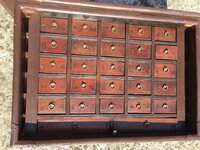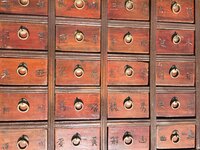FriscoT06
Hero Member
- May 2, 2011
- 600
- 650
- Detector(s) used
- Minelab Excalibur II (retired), Minelab X-Terra 505
- Primary Interest:
- Shipwrecks
Got this at the flea market today for $48 to keep for myself- i was wondering if anybody could help me get an age for this. It seems modern reproductions sell at Sears for $500, but the language characters on those are stamped, whereas mine are carved, would take a long time to do. Seems that originals also sell in the $500 range as well on Ebay. Any idea what language the characters are in, Korean, Chinese, Japanese? I will post more pics shortly as well of hardware used, in case it can be dated based on its construction. Any thoughts welcome, thanks guys!
Attachments
Last edited:
Upvote
3



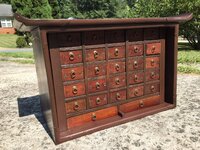
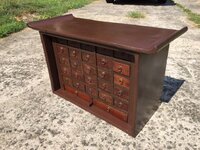
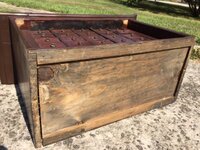
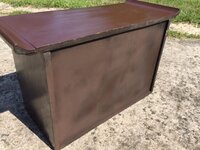
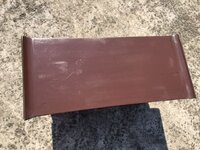
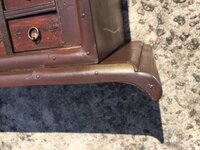
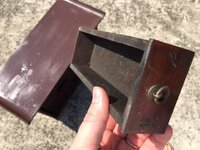
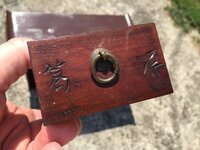
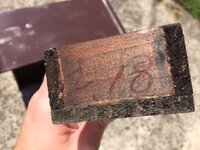
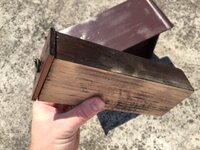


 it's a great price and a very nice piece. I would keep it to store my finds that are not being displayed in the printers drawer that hangs on the wall in my garage. I can see it now, 1 drawer for gold (empty), one for silver jewelry, 1 for scouting items, 1 for old coins that I do not have a folder for, 1 for wheat pennies, 1 for tootsie toys, and so on.
it's a great price and a very nice piece. I would keep it to store my finds that are not being displayed in the printers drawer that hangs on the wall in my garage. I can see it now, 1 drawer for gold (empty), one for silver jewelry, 1 for scouting items, 1 for old coins that I do not have a folder for, 1 for wheat pennies, 1 for tootsie toys, and so on.

